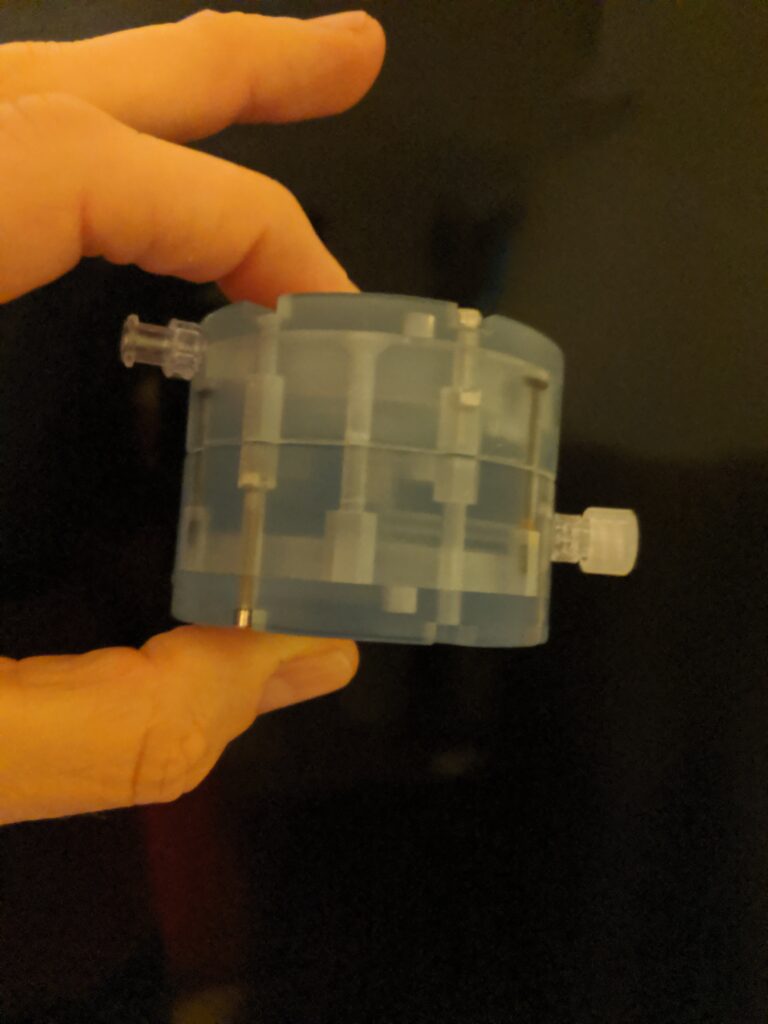For want of a nail, as the proverb tells us, a kingdom was lost. Would we lose the battle against the spread of antibiotic resistant bacteria for want of a better diagnostic?
The CDC notes that we are already in a “post-antibiotic” era. “Untreatable infections are no longer a future threat – they are a reality.” More than 2.8 million antibiotic-resistant infections occur in the United States each year resulting in more than 35,000 deaths. 223,900 people required hospital care for C. difficile. At least 12,800 people died in 2017 from these infections.

Relying only on new antibiotics as a solution is an ineffective strategy. Bacteria change continuously and develop new ways to resist antibiotics. Even a new antibiotic is effective only for a while before resistance emerges (see chart). The national plan to combat antimicrobial resistance calls for action in five core areas. One area is to ensure appropriate use of antibiotics. Better and innovative diagnostic tools are needed to achieve this goal.
In an era where DNA-based testing is seen as a solution for all identification needs, why is this approach not yielding the desired outcome? There are many reasons. One main reason is the absence of effective sample preparation approaches.
Components that interfere with DNA-recognition (e.g. human DNA) affect test accuracy. Current approaches do not eliminate these components effectively or rapidly. As a result, the test results are not dependable or timely. In other words, they do not ensure appropriate antibiotic use.
Test accuracy will improve if bacteria is isolated from the patient sample before analysis. The challenge is to do so efficiently and rapidly. Ideally, the procedure should isolate any bacteria and not just a small number.

This is where the recently introduced separation cartridge from 3i Diagnostics could be transformational. Intact and live bacteria is isolated easily, accurately, and rapidly (≤ 1 hour) directly from the patient sample using their cartridge and a syringe pump. The best part? It doesn’t matter what the bacteria is! The isolated intact and live bacteria can be easily identified using any technique. We will discuss the relative merits of the different bacteria tests in a future post.
Infection can be caused by a wide range of bacteria. One cannot identify the bacteria if it is not isolated in the first place. Hence, the ability to isolate any bacteria improves the dependability of the identification test. It also simplifies the test procedure and reduces cost per test. Many health research organizations are starting to evaluate the cartridge. Is it compatible with current clinical workflow? Does it improve accuracy of current tests? Does it help obtain results quicker? These are some of the question being asked by these studies. We will report on these studies when results become available
While we definitely need new antibiotics, existing ones still work. We however need to ensure that only those who need them receive them. Improved diagnostics will help slow the spread of antibiotic resistant bacteria and help preserve current and future, drugs. Sample preparation may not be as “cool” discovering a new antibiotic. But, in the effort to combat antibiotic resistance, it is just as important.
